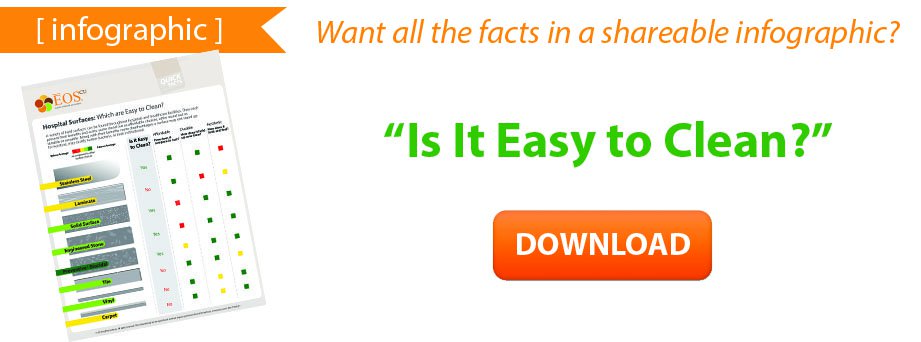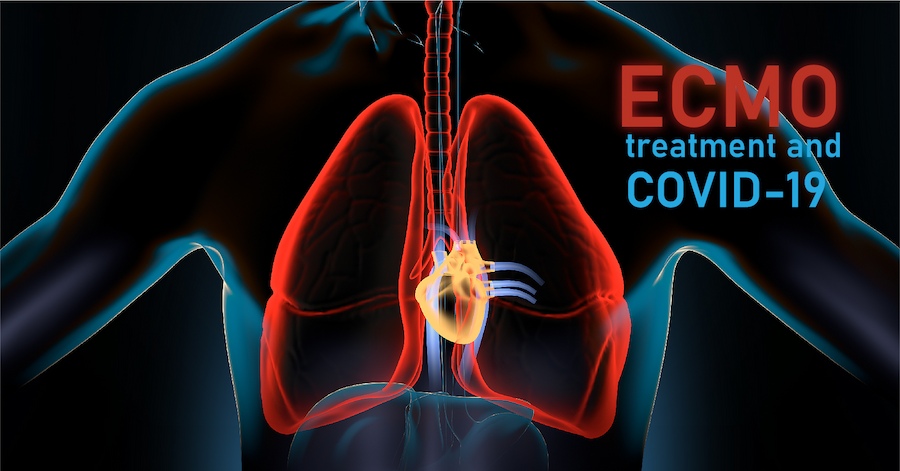What is "Easy to Clean"?


 Read any hospital design article or walk the floors of any healthcare trade show and you will see these three words: "Easy to Clean." With the growing awareness of the role of the environment in infection control, it's no surprise that furniture and equipment designers are looking to make their products easy to clean. What what does that really mean? Today, we take a look at some ways furniture and related products are designed to be "easy to clean." (We'll look at medical devices and equipment in a future post.)
Read any hospital design article or walk the floors of any healthcare trade show and you will see these three words: "Easy to Clean." With the growing awareness of the role of the environment in infection control, it's no surprise that furniture and equipment designers are looking to make their products easy to clean. What what does that really mean? Today, we take a look at some ways furniture and related products are designed to be "easy to clean." (We'll look at medical devices and equipment in a future post.)
For an item of furniture to be considered "easy to clean," it has to support a number of healthcare priorities: The health and well-being of patients and staff, the constraints on time and money, and the overall aesthetic experience of the healing space. How the item supports these priorities can come in a number of key attributes:
Withstands Harsh Cleaners
Recent concerns with the spread of C. difficile and other drug-resistant bacteria have made the use of bleach and other harsh cleaners a daily necessity. For an item to be considered easy to clean, it has to be able to retain its structure and appearance after repeated wipe-downs with harsh chemicals.
Cleanouts
To be considered easy to clean, a piece of furniture or built-in must allow cleaning access to all surfaces. A chair should not have a seat cushion that presses up against a back cushion without either space for a hand to wipe, or a removable panel for access. Without a cleanout, food and other debris can remain trapped and lead to contamination.
Seamless
An important feature for easy cleaning is a surface that is free from cracks, seams, or crevices. All these interruptions in the surface can become dangerous reservoirs for pathogens. Even rippled or faux wood grain can compromise cleanliness, as debris can remain in the "lee" of the surface levels. Seamless designs can be seen in flooring that merges with the wall, counters that stretch uninterrupted from edge to wall, and in shelving that has rounded corners. Even joints in chairs should be eliminated, as each crevice presents a place that is difficult to clean well.
Non-Porous
Similar to seamless designs, non-porous materials are also vital when considering ease of cleaning. Porous materials such as wood or wood composite can absorb ambient or surface moisture and swell, crack, or simply become a reservoir for bacteria. Fabrics and foams are also porous, absorbing moisture, breaking down, and harboring pathogens.
Self-Sanitizing
New technologies are making the idea of a self-sanitizing item of furniture a reality. The ultimate in easy-to-clean, these materials provide a backup for regular cleaning, playing a continuous role in reducing bioburden by actively killing bacteria on the surface. An item made from a non-porous biocidal material that withstands harsh cleaners, whose design includes no seams and sufficient cleanouts, might just be the ultimate in "easy to clean."
Of course, something doesn't have to be "easy" to be effective, especially when a human life is at stake. No one would advocate choosing "easy" over "effective." Sometimes, the more challenging scenario is the most effective, and we all have to adapt. But if designers can make surfaces choices that are both effective and efficient, that choice can result in saving time, saving money, and even saving lives.
Editor's Note: This post was originally published in March 2018 and has been updated for freshness, accuracy and comprehensiveness.





